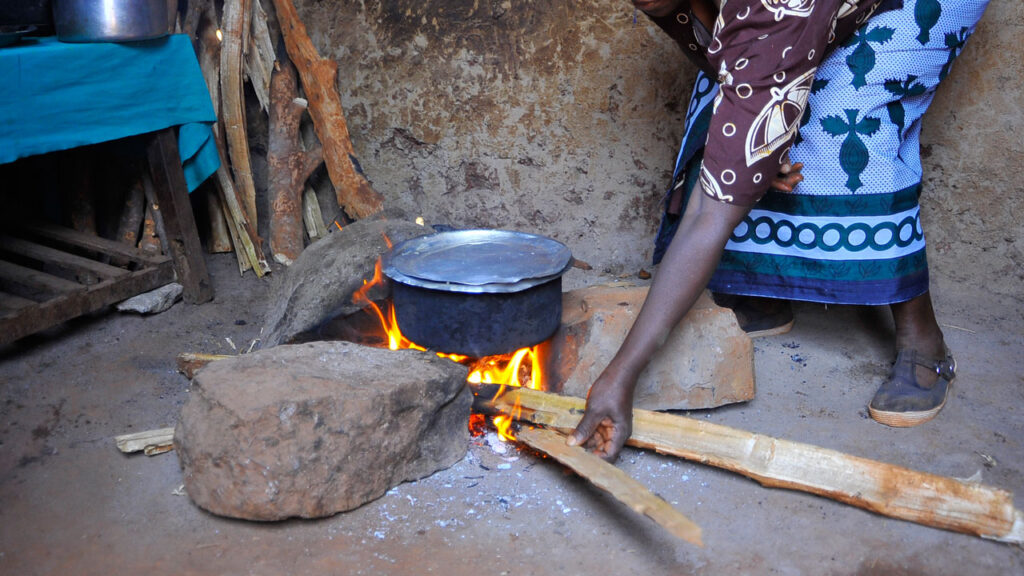Dar es Salaam. When the loss and damage fund was activated for the first time with nearly $400 million (Sh1 trillion) pledges, stakeholders doubted the effectiveness of those funds in addressing the gender gap in developing countries.
The Fund was first agreed upon during COP27, held in Sharm El Sheikh, Egypt, and aims to assist developing countries that are particularly vulnerable to the adverse effects of climate change in responding to economic and non-economic loss and damage associated with the adverse effects of climate change, including extreme weather events and slow-onset events.
Speaking about the funds, the lecturer at the Center for Climate Change Studies at the University of Dar es Salaam, Professor Pius Yanda, said that it is a good start because there were no such funds, but its implementation is another matter, and he raised three concerns that if they are not worked on, it will be difficult to succeed.
“We have had a promise of $100 billion (Sh250 trillion) every year (since 2009), but its implementation is not visible. There are also funds for climate change, and getting money from those funds is difficult for African countries,” he said, adding that the implementation of plans to reduce the gender gap will be difficult.
Professor Yanda mentioned another obstacle, as the implementation of policies and plans to reduce the gender gap at the country level may be an issue.
“Even when it happens, we get money. Those who can reduce the effects of women are country bodies. For example, in the issue of floods and cooking, how do you look at women? Most of them are housewives and family caregivers who are more affected,” he said.
He insisted on clear policies and frameworks to underscore that. In another point, they pointed out that the promise of $400 million in the loss and damage fund is too small.
“Give an example of the damage we are experiencing in Tanzania due to floods to infrastructure like bridges or roads; how much money do we need?” he questioned, saying that Tanzania alone does not have enough money.
Speaking about the difficulty of obtaining such funds for Africans Stakeholder from the Zambia Financial Sector, Beyani Zulu, said that the lack of data to identify the effects on communities, especially women, hinders the release of funds to those areas.
In the side event by WWF titled “Bridging the Finance Gap for Transformation: Gender Climate Solutions,” Beyani mentioned other things as “the lack of experts in negotiating and requesting the money; many African countries have huge debts, so the funders fail to give them; and the great diversity between Africa and other countries that does not attract donors to go there.”
Addressing the gap
Among the strategies to reduce the gender gap is the Africa Women Clean Cooking Support Programme (AWCCSP), which was launched by the President of Tanzania, Samia, Suluhu Hassan, at the conference with the aim of eliminating the health and social effects of women and is in line with the world’s goals of mitigating climate effects.
President Samia said, among other things, that the implementation of such projects is to save women who need funds for implementation.
Meanwhile, National Panel Survey (NPS) statistics show that in 2020/21, nine out of 10 Tanzanians used unclean energy for cooking, while the report mentions wood and charcoal as the main sources of energy thus doubting about freeing the users of this energy from the current 10 percent to 80 percent in 2032.
This story was produced with support from MESHA and IDRC Eastern and Southern Africa office.


